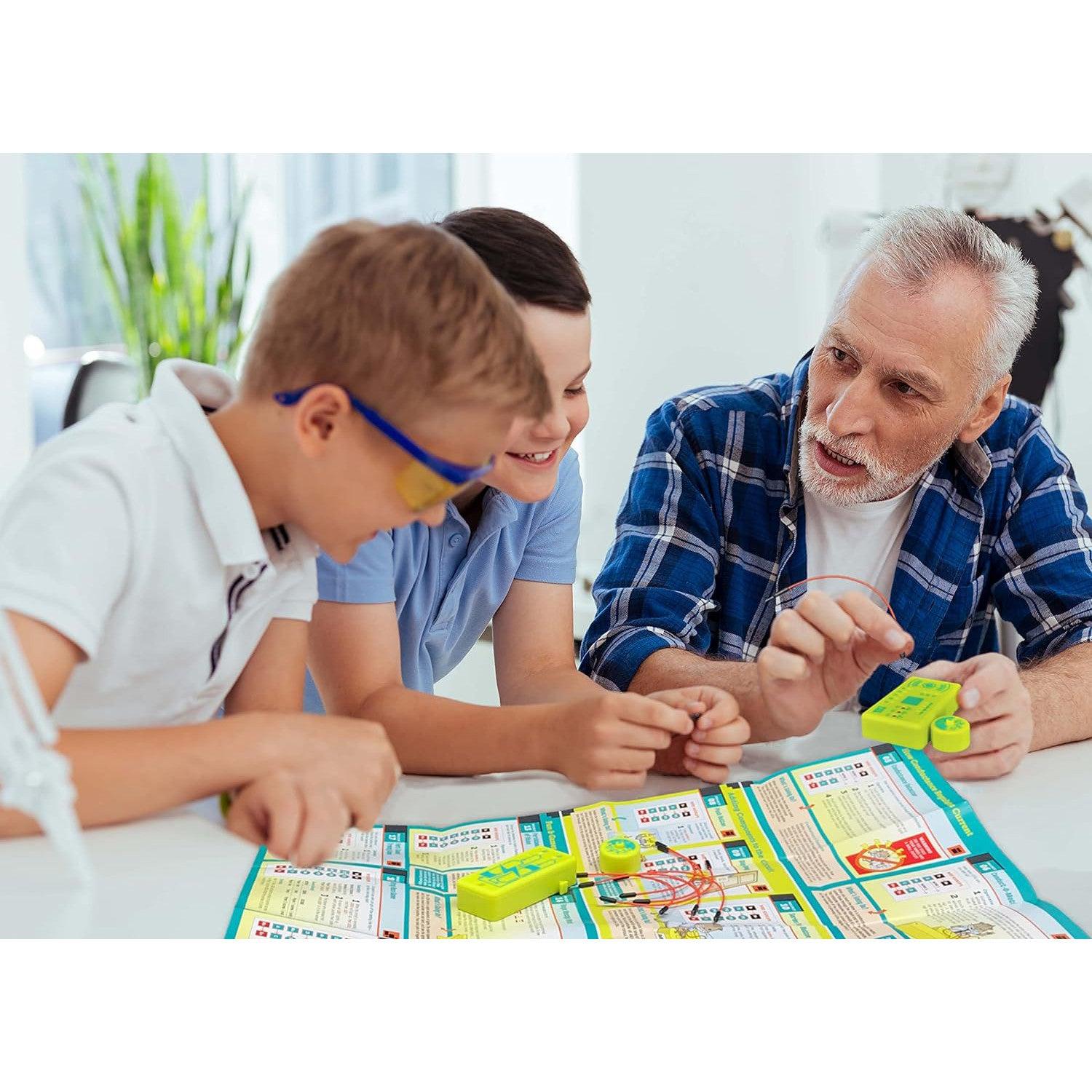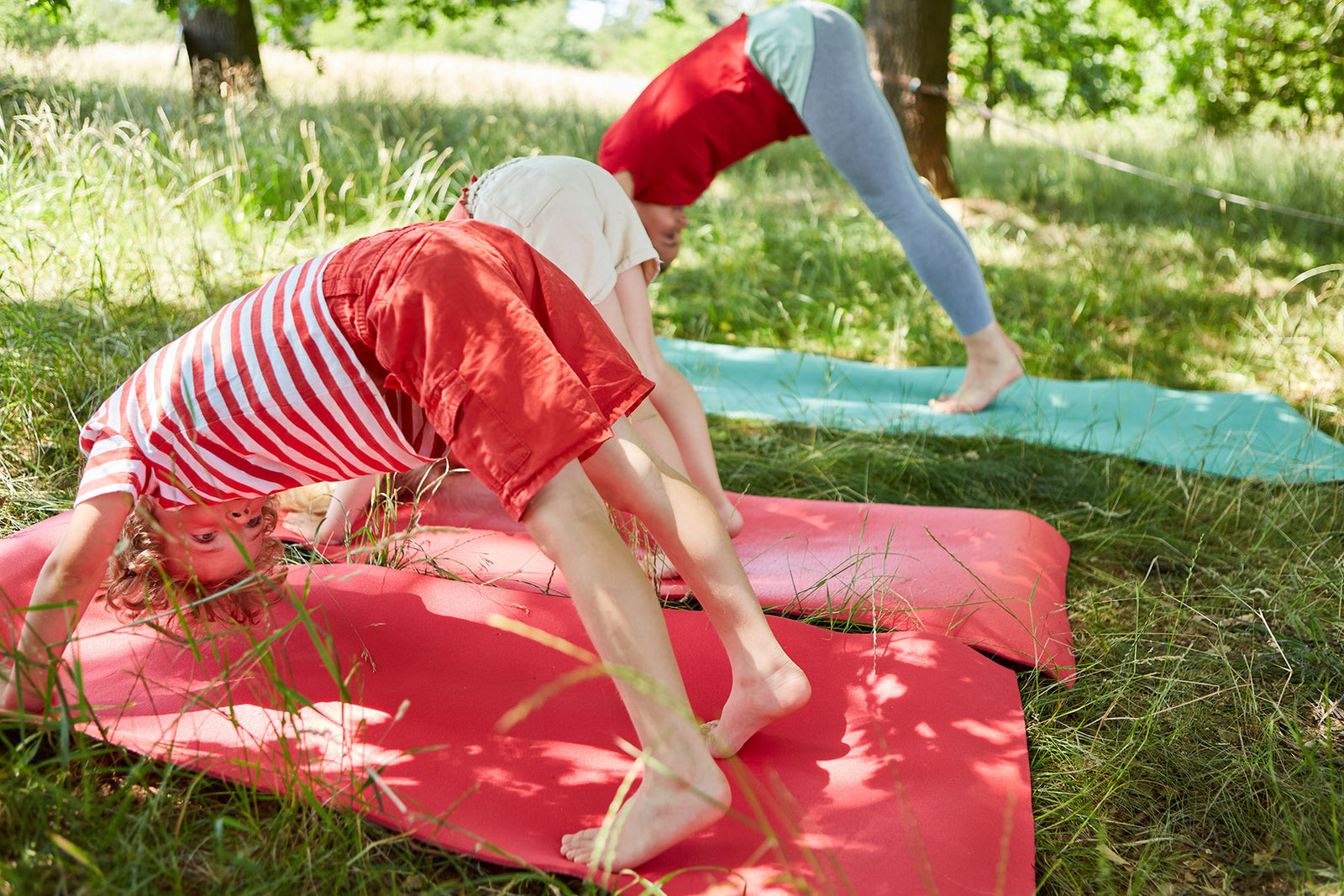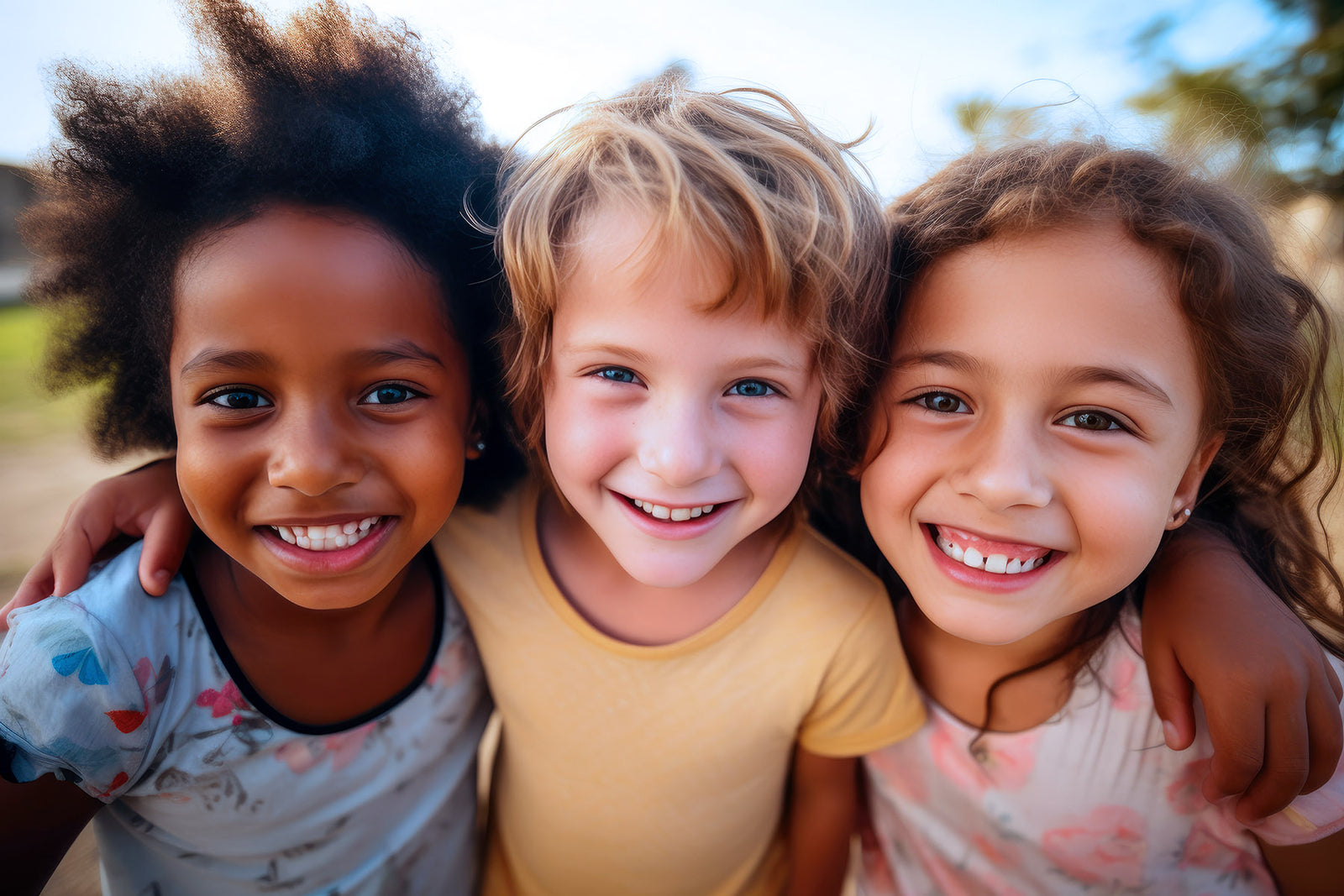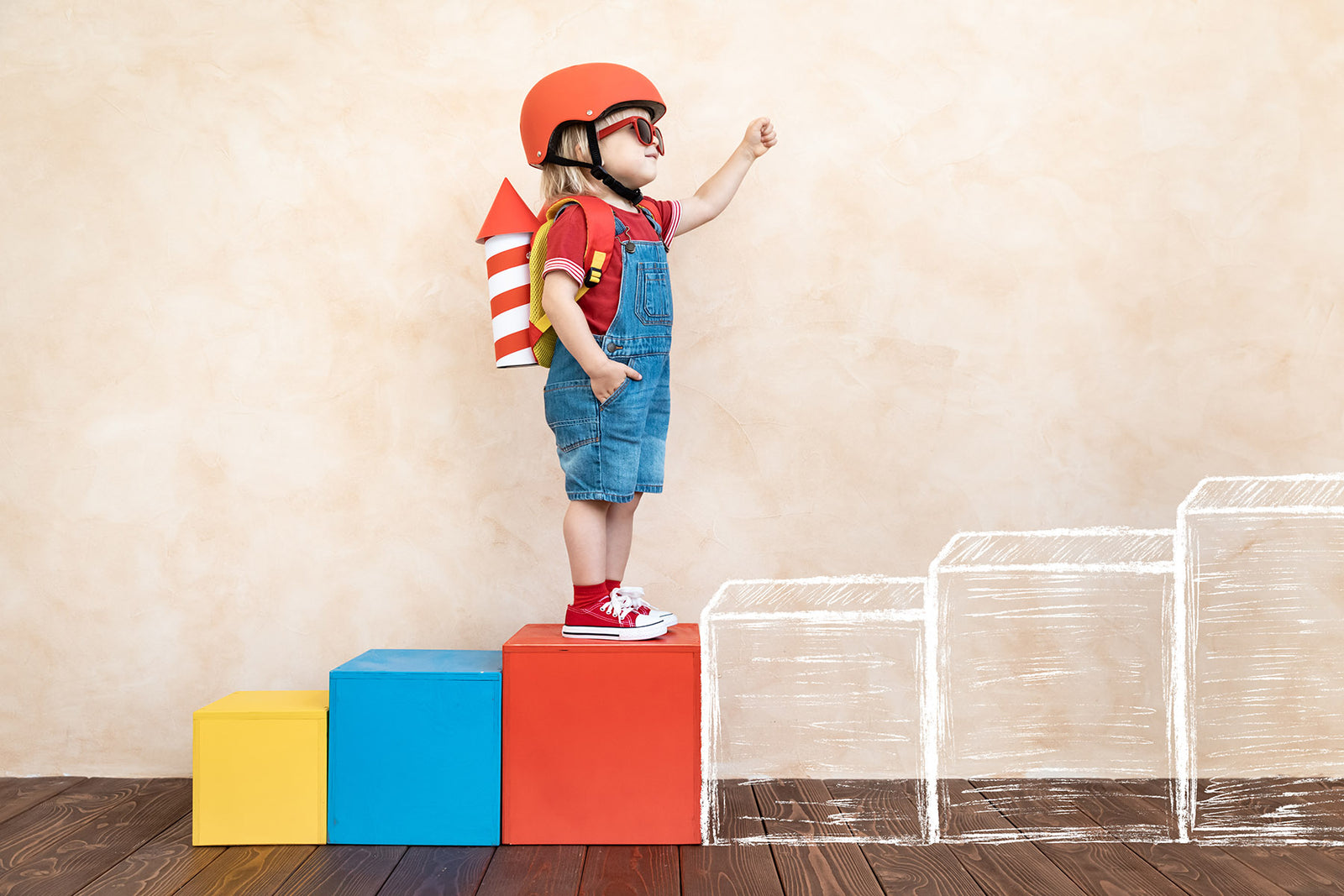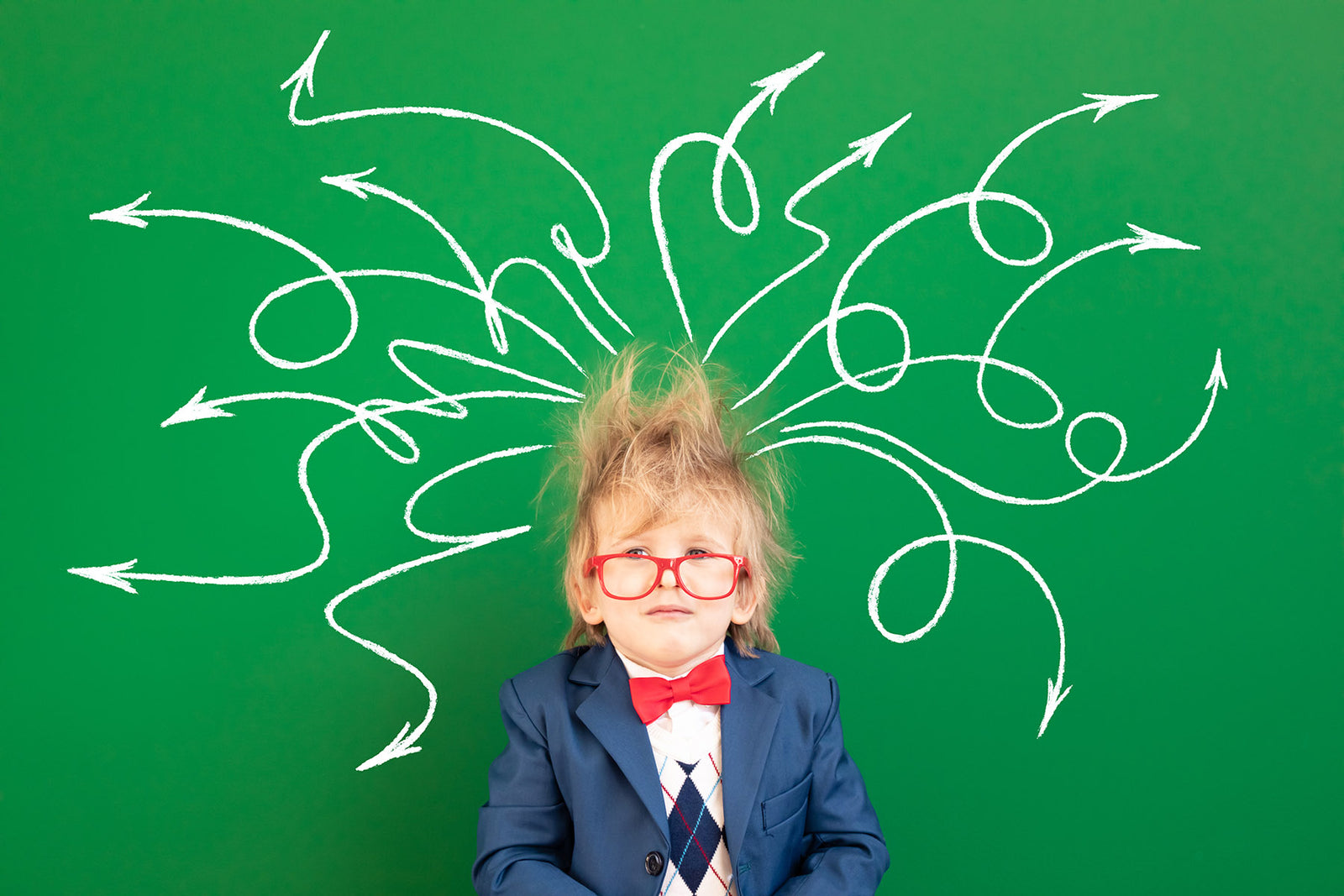When you think of a child's growth, the first thing that might come to mind is their increasing height or shoe size. While these are definite indicators, physical development encompasses so much more. It's a fascinating journey that combines the strengthening of muscles, the refinement of motor skills, and the intricate dance of coordination. As awe-inspiring as it sounds, physical development is fundamental to every child's overall well-being.
Key Facets of Physical Development:
-
Gross Motor Skills: These are the 'big' movements that use the large muscles in the arms, legs, and torso. Think of a toddler taking their first shaky steps or a child learning to ride a bicycle.
-
Fine Motor Skills: These involve smaller movements using the fingers, hands, and wrists. It's about the precision of holding a crayon to draw or buttoning up a shirt.
-
Balance and Coordination: It's the elegance of a child balancing on one foot or coordinating hands and eyes to catch a ball.
-
Muscle Strength and Endurance: Building muscle strength helps in activities like climbing a playground ladder, while endurance supports longer activities like running or swimming.
-
Spatial Awareness: Understanding one's own position in relation to other objects or people. It's the skill a child uses to navigate through a busy playground without bumping into others.
-
Bone Development: A crucial aspect, especially during growth spurts, ensuring that children have a strong skeletal foundation.
-
Sensory Development: Fine-tuning the senses to process and respond to environmental stimuli, like adjusting eyesight in varying light conditions or distinguishing between different textures by touch.
Why Such Emphasis on Physical Development?
-
Building a Healthy Foundation: Physical activity strengthens the heart, lungs, and muscles, laying the groundwork for a healthier future. It also plays a pivotal role in combating childhood obesity.
-
Enhancing Cognitive Abilities: There’s a close link between physical activity and cognitive functions. Activities that require coordination, like skipping, can enhance neural connections and boost memory and concentration.
-
Fostering Independence: Mastering physical skills gives children a sense of independence. Whether it's tying shoelaces or pouring a glass of water, these milestones are steps towards self-reliance.
-
Social Interactions: Playgrounds and sports arenas are social hubs. Physical activities often involve teamwork, sharing, and communication – essential skills for building relationships.
-
Emotional Well-being: Physical activity is a mood enhancer. It can help dissipate stress, reduce symptoms of anxiety and depression, and boost self-esteem.
-
Lifelong Love for Activity: Early exposure to physical activities, whether it’s dance, sports, or simple play, can inculcate a lifelong love for staying active. This habit can guard against many health issues in adulthood.
In the grand tapestry of childhood, physical development is a vibrant thread that weaves its magic in multiple ways. It's not just about growing taller or jumping higher. It's about building a holistic foundation for a thriving, active, and fulfilling life. As guardians of the next generation, we must ensure that we provide ample opportunities, encouragement, and resources for our children to blossom physically. Because a child in motion today is a promise of a dynamic and vibrant adult tomorrow!









